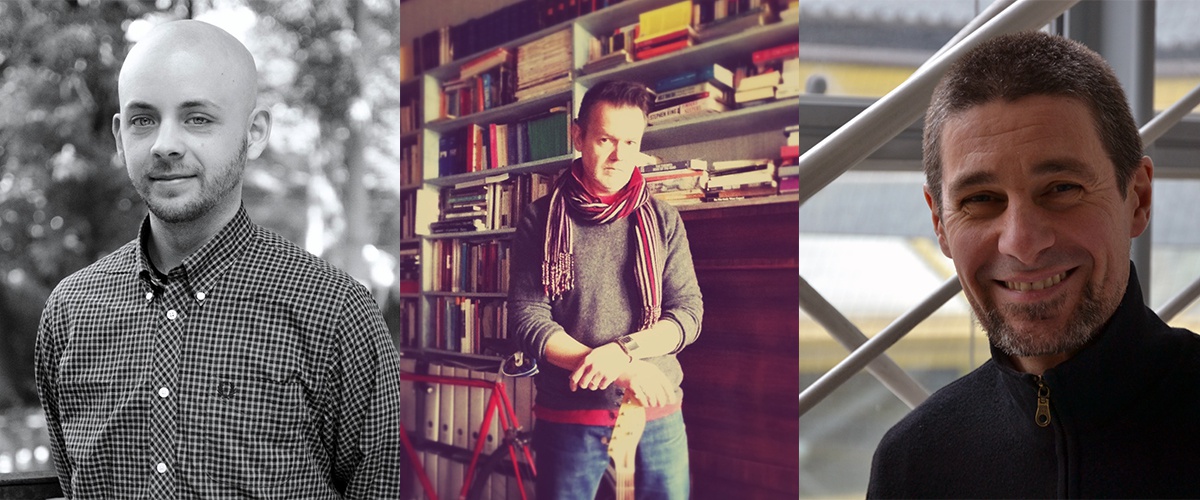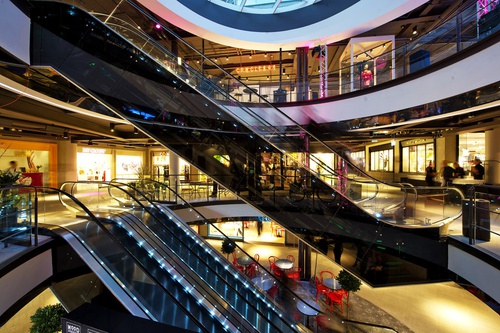Mastering hors du studio. Trois experts en design sonore décryptent des nouvelles pratiques (1/5)
Rencontre avec Alexander Kassberg, responsable studio à Lexter Sound Design, Andrea Cera, compositeur et Nicolas Misdariis, chercheur responsable de l’équipe Perception et Design sonores de l’Ircam-STMS
Le mastering, défini communément comme la phase finale d'une production musicale dont le but est d’optimiser l’enregistrement et d’en assurer sa lecture sur la plupart des systèmes de diffusion, est aujourd’hui en voie de mutation. On réalise du mastering dédié selon le type de diffusion ciblée (hi-fi, tablette, smartphone, etc.), on observe des moteurs de lecture qui gèrent les corrections sur les enregistrements à diffuser sur les sites de streaming et assurent donc une sorte de post-mastering, etc.
Dans cet article, nous nous focaliserons sur un type particulier de mastering que nous appellerons location-specific, qui est nécessaire dans différentes conditions de travail et de diffusion du son.
Alexander Kassberg, responsable studio à Lexter Sound Design, Andrea Cera, compositeur, et Nicolas Misdariis, chercheur, responsable de l’équipe Perception et design sonores de l’Ircam-STMS nous confient leurs perspectives dans ce domaine.

De gauche à droite : Alexander Kassberg (photo Sofia Svärdh), Andrea Cera et Nicolas Misdariis (photo Ircam, Déborah Lopatin)
Pouvez-vous illustrer les circonstances qui vous poussent à quitter le studio et à aller mixer/faire du mastering dans le lieu spécifique où votre musique/vos sons seront écoutés ?
N. M. : En ce qui concerne le design sonore de produit ou d’espace, il nous arrive fréquemment de créer des sons qui seront diffusés sur des systèmes non conventionnels, comme des buzzers, des petits haut-parleurs placés dans des espaces plus ou moins résonants (par exemple, pour l’automobile, un tableau de bord ou une zone à l’intérieur du compartiment moteur) ou bien, à l’inverse, des dispositifs massivement multi-haut-parleurs dans le cas d’une installation sonore. La réponse acoustique du système de diffusion devient alors notre référence de travail, notre système d'écoute. Cela étant, la phase de création passe nécessairement par une période de travail en studio. Nous avons donc développé une série de solutions pour simuler nos acoustiques cibles, de façon à minimiser le temps de travail in situ : elles consistent, par exemple, à utiliser des systèmes proches des technologies finales pour le monitoring des solutions, ou bien à modéliser la réponse en fréquence du dispositif et, le cas échéant, la fonction de transfert acoustique entre les points d’émission et de réception. Mais il est impératif de terminer les dernières retouches en utilisant la solution technologique réellement implémentée sur le lieu de diffusion. La contrainte de temps devient alors une donnée du problème de mastering. En effet, si l’on prend l’exemple de l’automobile et de ses plannings de projet toujours hyperserrés, cela nous oblige à tenir compte, pour les dernières mises au point, des disponibilités temporelles des technologies propriétaires qui nécessitent la présence de différentes équipes de travail dans un même créneau de test, et qui sont, par ailleurs, généralement assez peu ergonomiques, c’est-à-dire assez peu adaptées aux nécessités de la production audionumérique (mémoire à transférer suivant des routines lentes et compliquées, difficulté à accéder physiquement aux ordinateurs embarqués, etc.)
 A. K : Chez Lexter Sound Design, nous développons et réalisons des concepts de design sonore pour des environnements publics, depuis les traitements acoustiques et choix des matériaux (haut-parleurs, diffusion sonore, etc.) jusqu'à la production de contenus sonores que je pilote, en tant que chef de studio. Nous intervenons souvent dans des lieux très dynamiques et d’une grande variété – restaurants et centres commerciaux par exemple – dont l’environnement est saturé de sons divers – personnes, machines, systèmes d'aération, trafic, escaliers mécaniques, musique diffusée dans les magasins, etc. – et dont la clientèle n’est ni en recherche ni en attente de design sonore. Les contenus audio que nous créons sont donc appelés à être diffusés dans un environnement caractérisé par une acoustique pauvre, un haut degré de bruit de fond et un bas degré d'attention de la part des auditeurs. Il est évident que cette réalité est bien différente de la situation en studio, où les sons ont été produits, et qu’il est absolument nécessaire de se rendre sur le terrain afin d’y tester les contenus, vérifier que le mix fonctionne, que les contenus fusionnent bien avec les sons préexistants et que le concept général soit bien traduit dans la situation de diffusion finale. Cela implique en général des retouches au mixage en renforçant certains sons et en atténuant d’autres. Notre métier, à force d’expérience et de terrain, nous conduit à développer une grande sensibilité dans l’analyse et la perception d’espaces très différents, de leurs caractéristiques et de celles des personnes qui les habitent.
A. K : Chez Lexter Sound Design, nous développons et réalisons des concepts de design sonore pour des environnements publics, depuis les traitements acoustiques et choix des matériaux (haut-parleurs, diffusion sonore, etc.) jusqu'à la production de contenus sonores que je pilote, en tant que chef de studio. Nous intervenons souvent dans des lieux très dynamiques et d’une grande variété – restaurants et centres commerciaux par exemple – dont l’environnement est saturé de sons divers – personnes, machines, systèmes d'aération, trafic, escaliers mécaniques, musique diffusée dans les magasins, etc. – et dont la clientèle n’est ni en recherche ni en attente de design sonore. Les contenus audio que nous créons sont donc appelés à être diffusés dans un environnement caractérisé par une acoustique pauvre, un haut degré de bruit de fond et un bas degré d'attention de la part des auditeurs. Il est évident que cette réalité est bien différente de la situation en studio, où les sons ont été produits, et qu’il est absolument nécessaire de se rendre sur le terrain afin d’y tester les contenus, vérifier que le mix fonctionne, que les contenus fusionnent bien avec les sons préexistants et que le concept général soit bien traduit dans la situation de diffusion finale. Cela implique en général des retouches au mixage en renforçant certains sons et en atténuant d’autres. Notre métier, à force d’expérience et de terrain, nous conduit à développer une grande sensibilité dans l’analyse et la perception d’espaces très différents, de leurs caractéristiques et de celles des personnes qui les habitent.
A. C. : Dans mes collaborations avec des chorégraphes ou des metteurs en scène, les systèmes utilisés pour la diffusion sonore peuvent être très variés et atypiques : haut-parleurs dans les vestiaires, sous les sièges parmi le public, cachés dans des objets sur scène, dans les couloirs du foyer… Il devient alors nécessaire de finaliser la musique sur place, car aucun set up en studio ne peut imiter les effets acoustiques de telles situations. Sachant que les théâtres qui nous accueillent en tournée ont des acoustiques différentes, on recherche un équilibre entre un son adapté aux effets de diffusion particuliers qu'on vise à obtenir dans la première salle, et des caractéristiques pas trop typées sur l'acoustique unique du théâtre où les dernières répétitions se jouent. On finit par réaliser des fichiers son pratiquement en mono, sans réverbération, ni trop de dynamiques. Ils deviennent ainsi une matière à sculpter utilisée lors de la diffusion. Ce procédé rend particulièrement délicat, dans un deuxième temps, le processus de réédition et de remastering de ces musiques pour des supports traditionnels.
Photo : Centre commercial Mood Stockholm © Lexter Sound Design, photo Mathias Nordgren
Entretien en trois volets, suite publiée à partir du 11 janvier